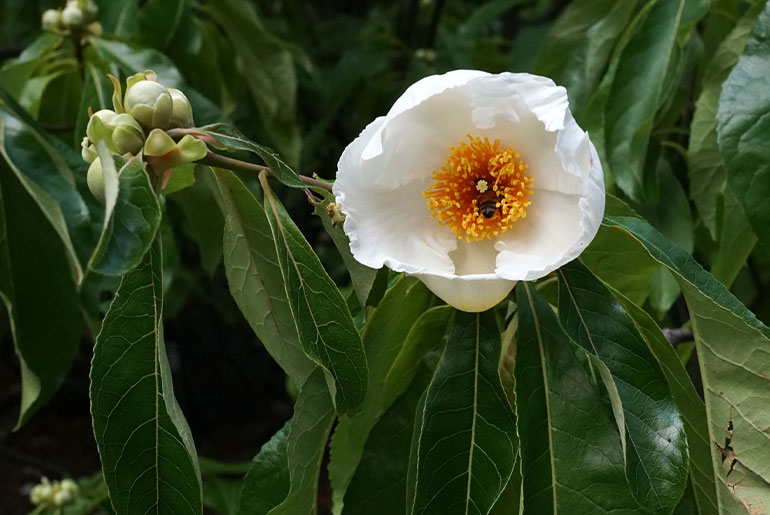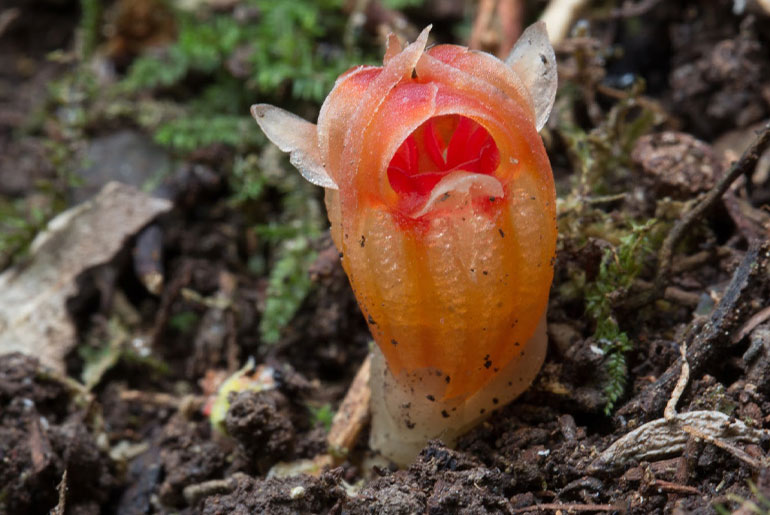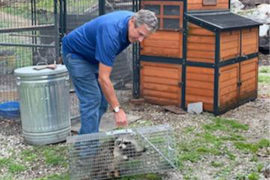Most people are aware of the concept of endangered and extinct species within the animal kingdom, but less common is knowledge about plants and trees that have either been brought to the brink of oblivion or pushed into the extinguishing abyss.
The botanicals that shared the prehistoric planet with the mighty dinosaurs disappeared with them. Today, we only know of their existence through fossilized remains. And while excessive hunting, the introduction of invasive species and reckless development doomed hundreds of animal species to eradication and continue to threaten the existence of countless others, the same careless and deliberately cruel behavior wreaked even greater havoc on the soil homes of an endless number of plants and trees.
In June 2019, a study published by Britain’s Royal Botanic Gardens and Sweden’s Stockholm University determined that 571 plants were completely eradicated from the wild over the preceding 250 years — more than twice the total of mammals, birds and amphibians combined that became extinct over the same period.
“Most people can name a mammal or bird that has become extinct in recent centuries, but few can name an extinct plant,” Aelys M. Humphreys, author of the report and assistant professor in the department of ecology, environment and plant sciences at Stockholm University, said in an interview to coincide with the study’s publication. “We hear a lot about the number of species facing extinction, but these figures are for plants that we’ve already lost, so they provide an unprecedented window into plant extinction in modern times.”
Somewhat closer to home, an August 2020 study authored by 16 researchers and published in the scientific journal Conservation Biology confirmed 65 plant extinctions — 37 perennial herbs, 15 annual herbs, eight shrubs and five small trees — in North America since the arrival of European settlers in the 16th century. Nineteen of these affected plants and trees were native to California, while five were unique to New England.
But this study acknowledged that there were constraints to understanding why plant species become extinct.
“Given the paucity of plant surveys in many areas, particularly prior to European settlement, the actual extinction rate of vascular plants is undoubtedly much higher than indicated here,” the study said, adding that “data limitations abound. Twelve species new to science are discovered each year, on average, in California alone, suggesting an untold number of plants went extinct before scientific discovery.”
According to Minette Marr, conservation botanist at the Lady Bird Johnson Wildflower Center in Austin, Texas, 40% of plants worldwide are considered to be at risk for extinction.
“A species is considered extinct in the wild when all of the known populations have been extirpated,” Marr explains. “In the past, professional biologists monitored populations of Species of Greatest Conservation Need (SGCN) as often as possible. Unfortunately, many populations of SGCN could not be relocated from records that were decades old.”
Marr credits the iNaturalist social network of professional and citizen scientists for working to relocate previously documented plant populations facing extinction and discovering hitherto unknown plants that may have vanished without ever being documented.
“For some species, the number of plants in a population can be counted,” she says. “For others, it can only be estimated due to time constraints or inability to secure access.”
Pamela Diggle, professor in the University of Connecticut’s department of ecology and evolutionary biology, points out that some locales have become obvious spots for species endangerment.
“Things are going extinct everywhere, but they’re much, much higher in the tropics and on islands,” she says. “Now, they’re doing regular surveys to track things that we know are endangered.”
Yet Jennifer Mattei, professor in the department of biology at Sacred Heart University in Fairfield, acknowledges that tracking wild plants is more challenging than keeping an inventory on wild species.
“Yeah, you would think it’d be easier because they’re sedentary. They grow and stay put,” she says. “But it is actually the smaller ones that are difficult and they can escape detection by dispersing seeds. The seeds can remain dormant for many years, so it’s hard to tell if something is truly extinct.”
One of the most bizarre examples of dispersed seeds might have involved the thismia Americana, a centimeter-tall plant discovered in 1912 by a 24-year-old graduate student named Norma Etta Pfeiffer along a small wet-mesic sand prairie on Chicago’s Lake Calumet. Its discovery created bafflement, as the species belonged to a genus that was only known to exist in Australia and New Zealand. Alas, the lakefront section was torn up for industrial development four years after the plant was identified and no additional specimens have ever been located elsewhere.
Mattei warns that habitat destruction, whether deliberate or through natural disasters, poses the greatest threat to plant species.
“In California, they’re suffering from drought and fire and climate change,” she says. “People are keeping an eye on various species that are well-known, like the saguaro cacti and the Joshua tree in the desert. They’re not extinct yet, but they were burnt in the massive fires in the West, so their populations were reduced quite a bit.”
Still, there is hope for some endangered plants. Not unlike species that are extinct in the wild but are saved through wildlife conservation centers, some plants have been able to thrive in arboretums and botanical gardens after vanishing from their natural habitats. UConn’s Diggle recalls one of the earliest and most famous examples involved the Franklinia alatamaha, more commonly known as the Franklin tree.
“It was discovered in Georgia sometime in the 1700s in a drainage area,” Diggle says. “And it was named after Ben Franklin. The seed was collected seed and then transported. But no one has been able to find that species in the wild.”
Today’s specimens of the Franklin tree found in gardens, parks and private collections across North America can be traced to the seeds from the rare discovery in the 18th century.
Still, there are some happy surprise endings to be found in this pursuit. The March 8 edition of Nature Plants included a report that 17 plants previously believed to have been vanished forever have been confirmed as existing, including four that reemerged unexpectedly in the wild.
“Sometimes,” Diggle says, “things are thought to be extinct and then somebody finds it again, especially when things are rare.”






